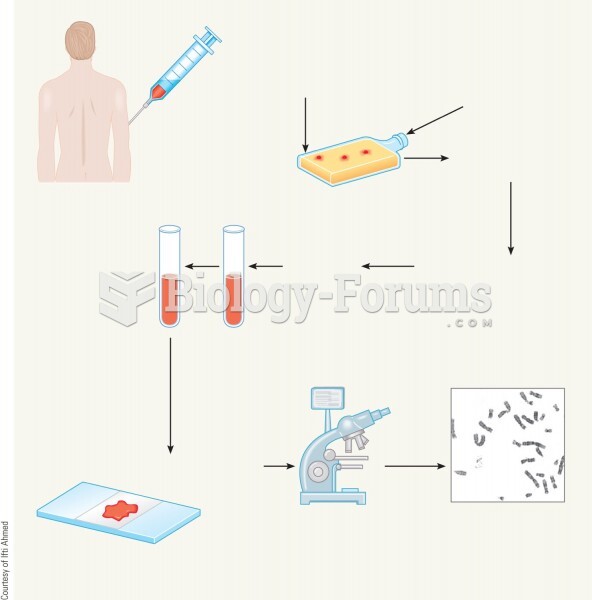Answer to Question 1
Social constructionist theory is based on the assumption that a social movement is an interactive, symbolically defined, and negotiated process that involves participants, opponents, and bystanders. Research based on this perspective often investigates how problems are framed and what names they are given. This approach reflects the influence of sociologist Erving Goffman's Frame Analysis, in which he suggests that our interpretations of the particulars of events and activities is dependent on the framework from which we perceive them. Sociologists have identified three ways in which grievances are framed.
1 . Diagnostic framingidentifies a problem and attributes blame or causality to some group or entity so that the social movement has a target for its action.
2 . Prognostic framingpinpoints possible solutions or remedies, based on the target previously identified.
3 . Motivational framingprovides a vocabulary of motives that compel people to take action. When successful framing occurs, the individual's vague dissatisfactions are turned into well-defined grievances, and people are compelled to join the movement in an effort to reduce or eliminate those grievances.
Beyond motivational framing, additional frame alignment processes are necessary in order to supply a continuing sense of urgency to the movement.
Frame alignment is the linking together of interpretive orientations of individuals and social movement organizations so that there is congruence between individuals' interests, beliefs, and values and the movement's ideologies, goals, and activities. Four distinct frame alignment processes occur in social movements:
1 . Frame bridging is the process by which movement organizations reach individuals who already share the same worldview as the organization.
2 . Frame amplification occurs when movements appeal to deeply held values and beliefs in the general population and link those to movement issues so that people's preexisting value commitments serve as a hook that can be used to recruit them.
3 . Frame extension occurs when movements enlarge the boundaries of an initial frame to incorporate other issues that appear to be of importance to potential participants.
4 . Frame transformation refers to the process whereby the creation and maintenance of new values, beliefs, and meanings induce movement participation by redefining activities and events in such a manner that people believe they must become involved in collective action.
Answer to Question 2
a







